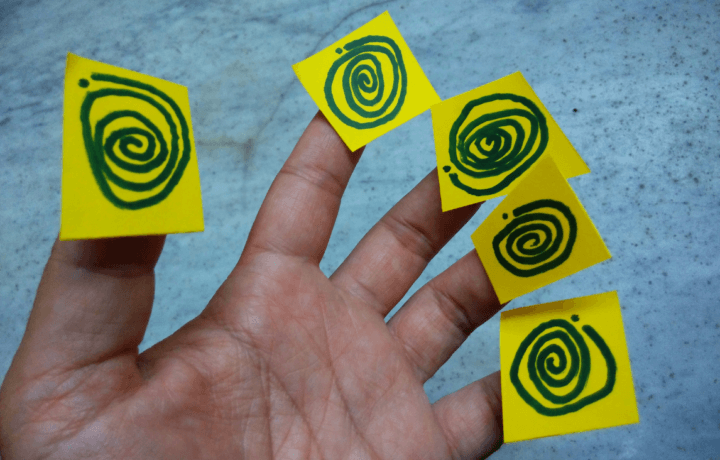A subscriber to the ClearanceJobsBlog proves that a Facility Security Officer (FSO) may not hold your hand through the security clearance process. An applicant may assume that the details of submitting the SF-86 are solely in a company’s hands. But that’s not always the case. The commenter wanted to know the differences between manual and digital fingerprints, and where to get each done:
“I was asked to get my fingerprint taken as a part of the security clearance process. I have never done something similar before. What is the easiest way? Do I just go to a local police station and asks for my fingerprints to be taken? And I have 2 different options to get my fingerprints taken: digitally or manually. What is the difference? And which way is the easiest?”
When applying for a security clearance, each security package contains a completed eQIP/eAPP application, fingerprint cards, and proof of citizenship (copy of U.S. passport, U.S. birth certificate).
Fingerprint Types
There are a couple of different impression types for manual fingerprint cards, but most are familiar with these methods whether you obtained a clearance before background investigation tech blew up or even as young an age as being in elementary school prior to the late 90s. Rolled impressions are the fingerprints rolled from nail to nail with the flat impressions taken simultaneously without rolling. These are referred to as plain, slap, or flat. They are overlaid on a fingerprint card using ink and are referred to as manual fingerprint cards.
Scanned or digital fingerprint cards are images that are submitted electronically using a live scan device. Electronic fingerprinting equipment collects the biometric data, the actual ink or cards not necessary. Fingerprints are “rolled” across a glass plate and this newer method is faster, cleaner, and more accurate.
WHERE YOU CAN GET THEM TAKEN
Fingerprints can be completed at most local police departments, usually with a fee and calling ahead to set up an appointment. Again, be sure to call ahead as some police departments aren’t able to accommodate this request.
If you have the choice, doing your cards digitally could prevent any user error when it comes to taking ink fingerprints and preventing the smudge. There are a few private companies that have locations across the U.S. and are accredited, including IdentoGo and Fieldprint.
If you go the private entity route, just be sure that the company is legitimate, credentialed, and accepted as a fingerprint vendor when it comes to the security clearance process.
A subscriber on the blog replied to our Ask CJ candidate, saying they used to support GSA’s USAccess program which issues approved credentials to civilian employees and contractors. Specifically, they worked in the PIV credential arena, which is another name for a Smart Card, CAC, etc. They informed our asker that if they called ahead, they may be able to set up an appointment, but every office is different.
IF YOU DON’T KNOW, JUST ASK
If you’re ever unsure during the security clearance process, don’t waste time on trial and error or the energy it takes to figure out what the security office needs or where you can find it. Call your sponsoring company’s HR department, your FSO, or just Ask CJ.
We’re here to help.




